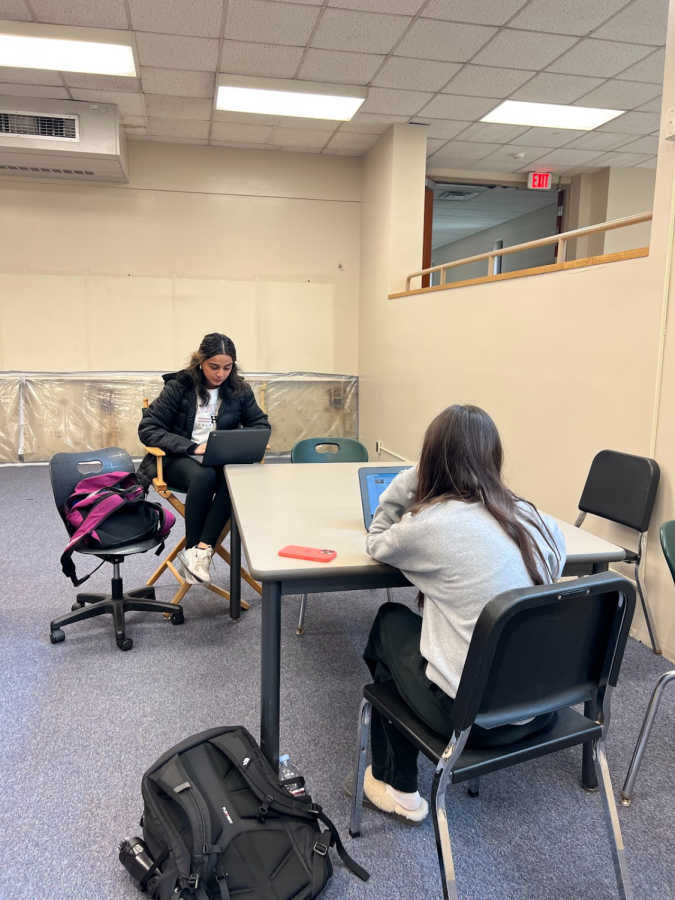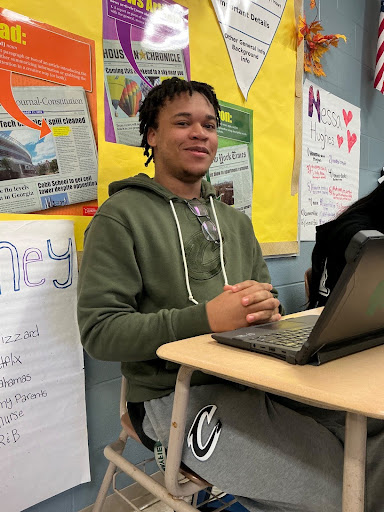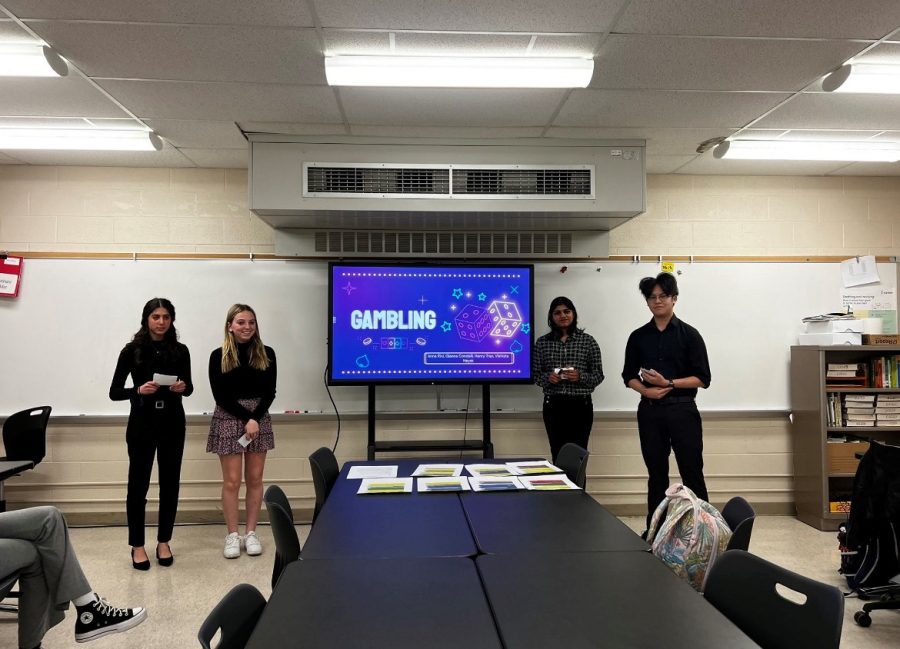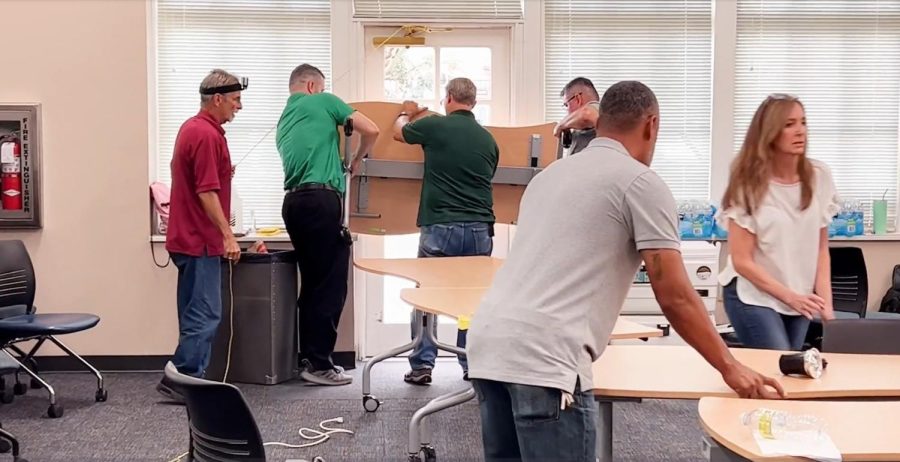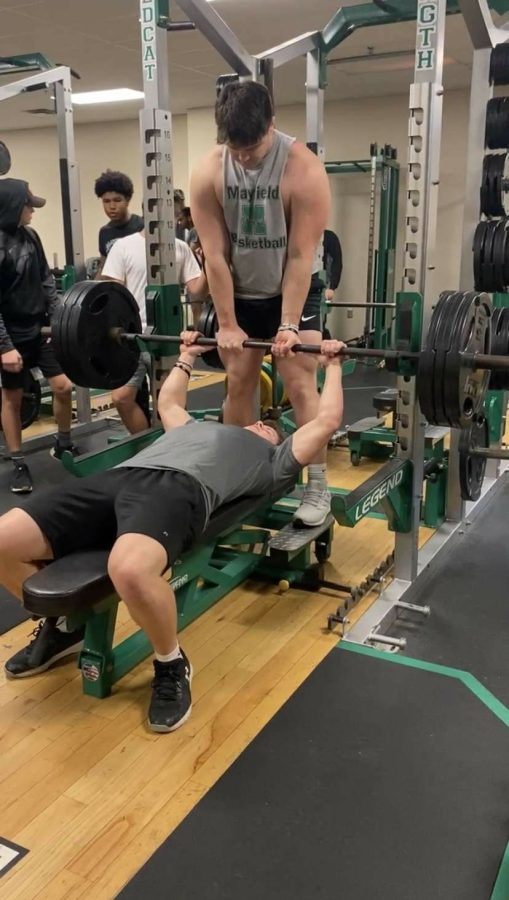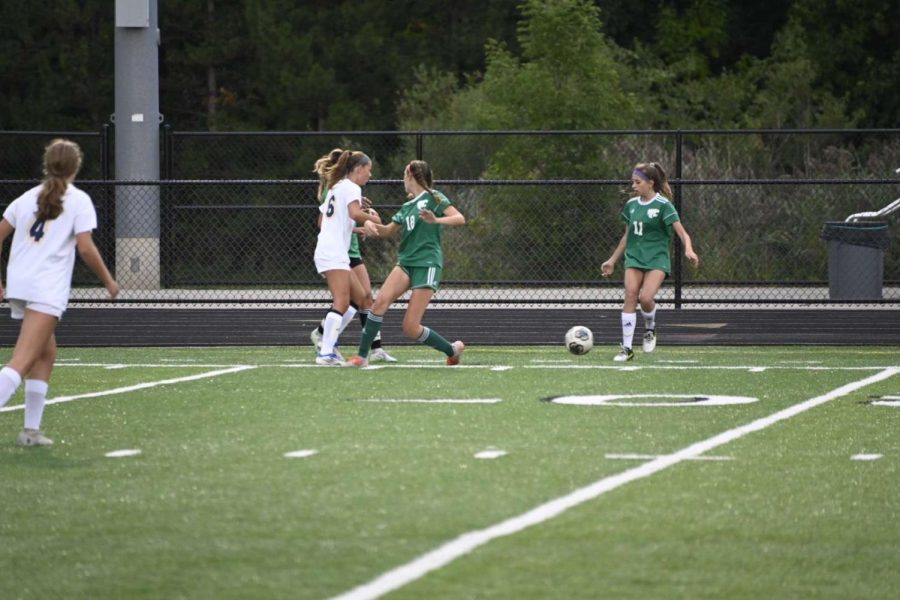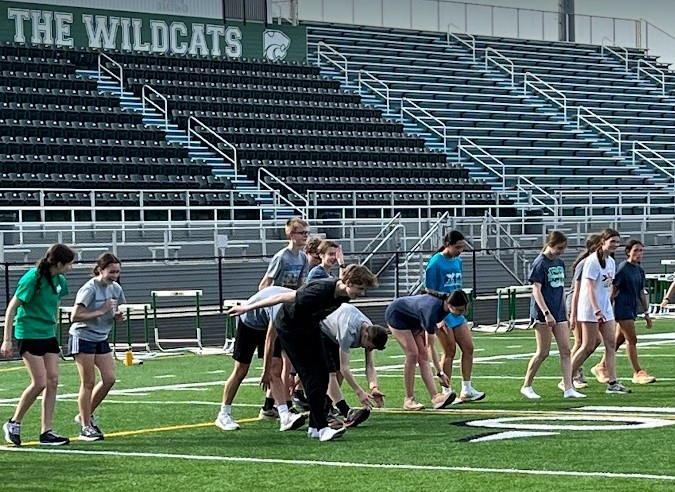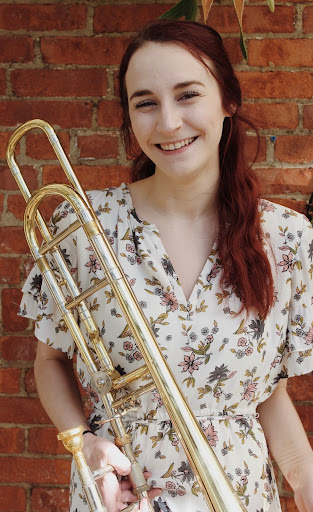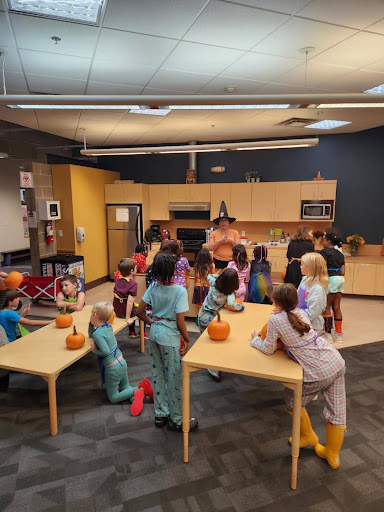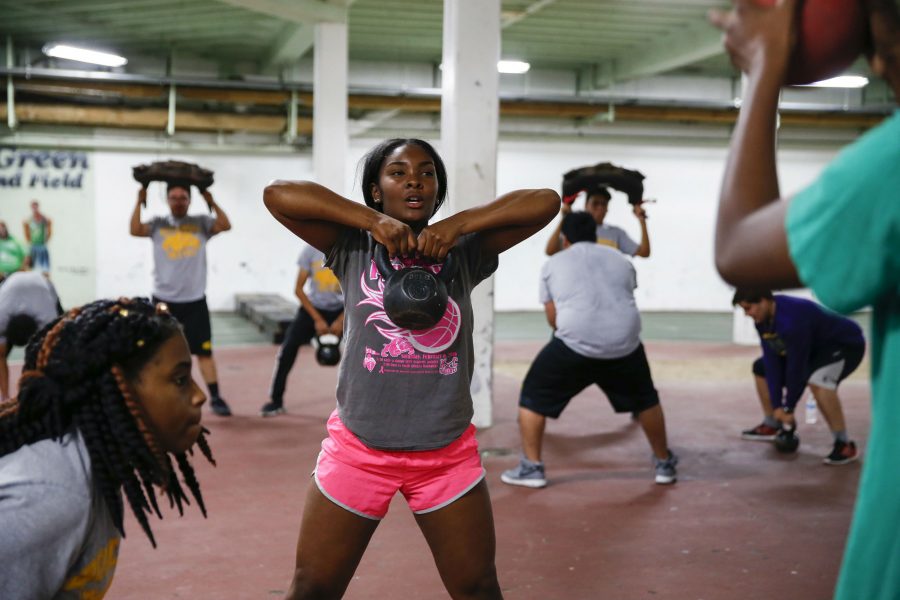America must involve physical activities in schools
Jose M. Osorio/Chicago Tribune/TNS
Students from Waukegan High School lift objects in instructor Greg Moisio’s cross fit physical education class on Wednesday, Sept. 28, 2016 at Waukegan High School in Waukegan, Ill.
October 27, 2016
Students don’t want to come to class but teachers want the students to succeed. The compromise for these problems is to add fun, quick breaks with movement.
Movement is proven to stimulate the brain so, why not do it in school? In a study on from 2015 on Active Living Research it says, “When comparing improvement in standardized test scores over three years, schools were stratified and randomly assigned to receive physically active lessons did six percent better than their peers who had received the same lessons in a seated, inactive manner.”
Minds will be more engaged when you are actively participating in the lesson. Children will retain more information when interested. The mind gets “lazy” when it’s not focused on the teachings.
In Finland there is a law stating that teachers must give students a 15- minute break every 45 minutes of instruction. I believe this is one of many reasons Finland is one of the top 10 smartest countries in math and science.
America needs to incorporate actives that help stretch our legs and relax our minds so that we can be better educationally. In Programming For International Student Assessment (FISA) results of 2012 it states, “Among the 34 OECD countries, the United States performed below average in mathematics in 2012 and is ranked 27th…”
Obviously, something isn’t working with the way we are learning. Let’s use the information right in front of us. It’s as if the school board said, ‘Let’s forget all the studies about how movement improves learning and give the children long motionless classes after 5th grade.”
Do not cut recess after junior high school. Between all of the state tests every year from 3rd grade to 12th, movement should definitely continue throughout the day. Every year students have to strain their mind to retain information from a class that they can barely remember.
The classes are so repetitive and stationary to the point that lessons merge together. Things like color and fragrances help you recall what was happening at that moment. If all classes are alike how are people supposed to differentiate what they were taught for these test that determine our intelligence?
Active Living Research proved, “After walking on a treadmill for 20 minutes at a moderate pace, children responded to test questions (in the content areas of reading, spelling, and arithmetic) with greater accuracy, and had a more intense response within the brain, than children who had been sitting.”
Not only do activities in school help develop more intelligent answers but it also increases the attendance of classes. When you included the children in the lesson they enjoy themselves. Having boring classes will not promote kids to come to class and learn.
I have always been told I am a very intelligent student and can really succeed if I try. The only problem was I didn’t want to try. I enjoy learning but the way the material was given to me it felt like teachers were talking at me.
The problem with talking at someone not with someone is it becomes a one-sided conversation. Many people have short attention spans and even shorter when bored, so intrigue them. Why make it harder for the students, when all you have to do is simply say ”Go around the room and help each other answer question number one.”
Incorporating movement in all classes is not easy. Classes like English are based on the ability understand and explain what you grasped from a text. Reading and walking is not the best idea safety wise and educationally.
English teacher Kerry Rutigliano understands she has to energize her class in a different way. When asked does she see the difference in test score when she is energized and moving. Rutigliano responded, “Absolutely, they become passionate and take ownership in their own success.”




